SEA GIRT, N.J. - With a simple click of a computer mouse, residents here can instantly view online how they benefit from a solar power project the U.S. Army Corps of Engineers constructed for the New Jersey National Guard's National Training Facility Headquarters in Sea Girt.
On Sunviewer.net, an educational research tool, the Guard is showcasing this successful project so that the public can see how it is conserving energy, reducing harmful emissions and saving the Guard and taxpayers considerable money.
"In addition, we wanted to empower the public about the many benefits of solar power and encourage Congress to fund more renewable energy projects," said John Hastings, energy program manager at the New Jersey Department of Military and Veterans Affairs.
The project, completed in October 2009, is an open panel photovoltaic carport solar power project built by the Army Corps' New York District over an existing parking lot. It includes area lighting, inverters, transformers, switchgears and electrical metering equipment. The energy generated is now powering a building less than 200 feet away from the parking lot.
The completed structure including the panels is roughly the size of a football field, expected to generate approximately 250,000 KWH annually. The steel carport structure stands 16 feet above the parking lot pavement and is supported by web steel joists and joist girders. On top of this structure, the solar photovoltaic power panel arrays were installed. The panels are composed of modules made up of several solar cells or photovoltaic cells that absorb sunlight that produce electricity. The larger the panel, the more electricity is produced.
Electricity in the form of direct current is produced by the panels, which is not directly usable in a building. Most buildings require alternating current at a higher voltage. To make usable building power, the solar panel's direct current is fed into an inverter that transforms it into alternating current at a higher voltage. This alternating current power is then sent to the building's main transformers where it can be used by the buildings for their energy needs.
The New Jersey National Guard's solar power system is tied into the public's power grid and excess power is shared with the community. The project was also designed in a way that will save the National Guard considerable energy savings during the high energy demand for air conditioning during warm weather months. It's expected to provide 80 percent of the building's energy needs.
"We are hoping it produces 1,000 kilowatts a day during the summer months," said Hastings.
The panels were placed at a 15-degree angle to allow for optimum performance. Placing the panels on an angle also facilitates runoff of water. Since the project's completion, the Guard and other taxpayers have been saving considerable money.
The New Jersey National Guard is saving considerable money from electric bill savings and New Jersey's Solar Renewable Energy Certificate Program. Under SREC, solar system owners that generate over 1,000 kilowatts of electricity per year into the public power grid receive certificates. Every 1,000 kilowatt hours produced by solar is equivalent to 1 credit. These certificates are then publicly sold and traded to New Jersey businesses and individuals, enabling them to receive solar power benefits without building a solar power system themselves. The revenue is returned to the solar system owners.
"In just eight months, the project has generated approximately 138,884 kilowatt hours," Hastings said. "If we multiply this by 18 cents, which is typically what utility companies charge per kilowatt hour, this equals $25,000 we don't have to pay the utility companies."
He continued, "If we divide this 138,884 kilowatt hours by 1,000, this gives us 138 solar energy renewable credits, which comes to almost $90,000 earned. This project is giving us a cost avoidance and an income and saving a considerable amount of money."
Hastings uses the University of Rowan to conduct energy audits in Guard facilities. The University brings in electrical and mechanical engineering classes and the students audit all phases of the building from electrical consumption to water consumption. The students study the data and make recommendations to increase energy efficiency.
Sunviewer kiosks at the site can be used to touch, feel and learn about the projects. These kiosks are what collect the project data that gets posted on Sunviewer.net. The Sunviewer.net website is also used to let Department of Defense officials in other locations see the beneficial results of the renewable energy projects they fund.
"Now they can view it for themselves live," Hastings said. "The data this website provides is exactly what the DoD wants to see to validate that they are getting their money's worth. Some high-ranking DoD officials have been so impressed with this that they've made the Sunviewer website a requirement for all renewable projects."
The Corps of Engineers will perform more renewable energy projects for the New Jersey National Guard in the near future, including a similar carport project at the Guard's Joint Forces Headquarters at Fort Dix. In addition, the Corps will build a wind turbine project at Fort Dix in 2011.
"Our partnership with the Army Corps has been very strong. They are a valuable resource that we would like to see become a center of expertise and assist the National Guard throughout the country with their renewable energy needs," Hastings said. "We're getting phone calls every day from around the country from people wanting to know how we do things. The Army Corps is helping us empower the people and show them and other agencies that it can be done."
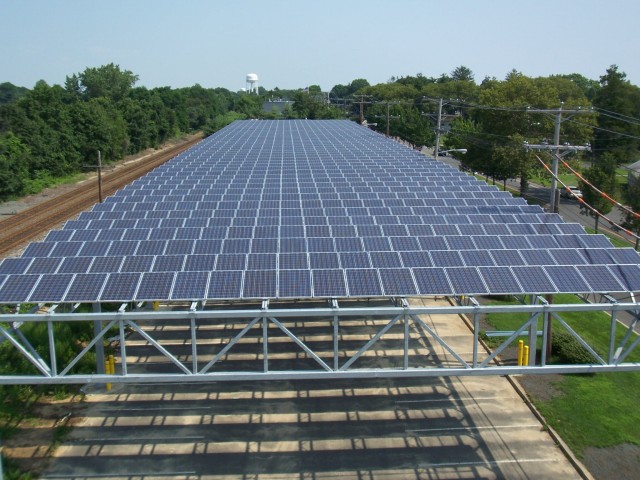

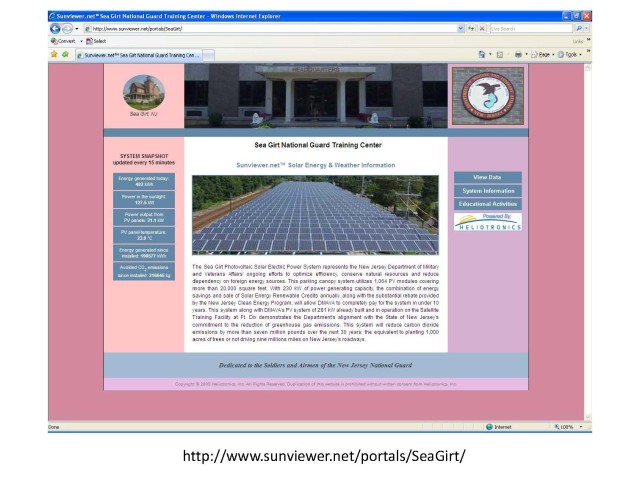
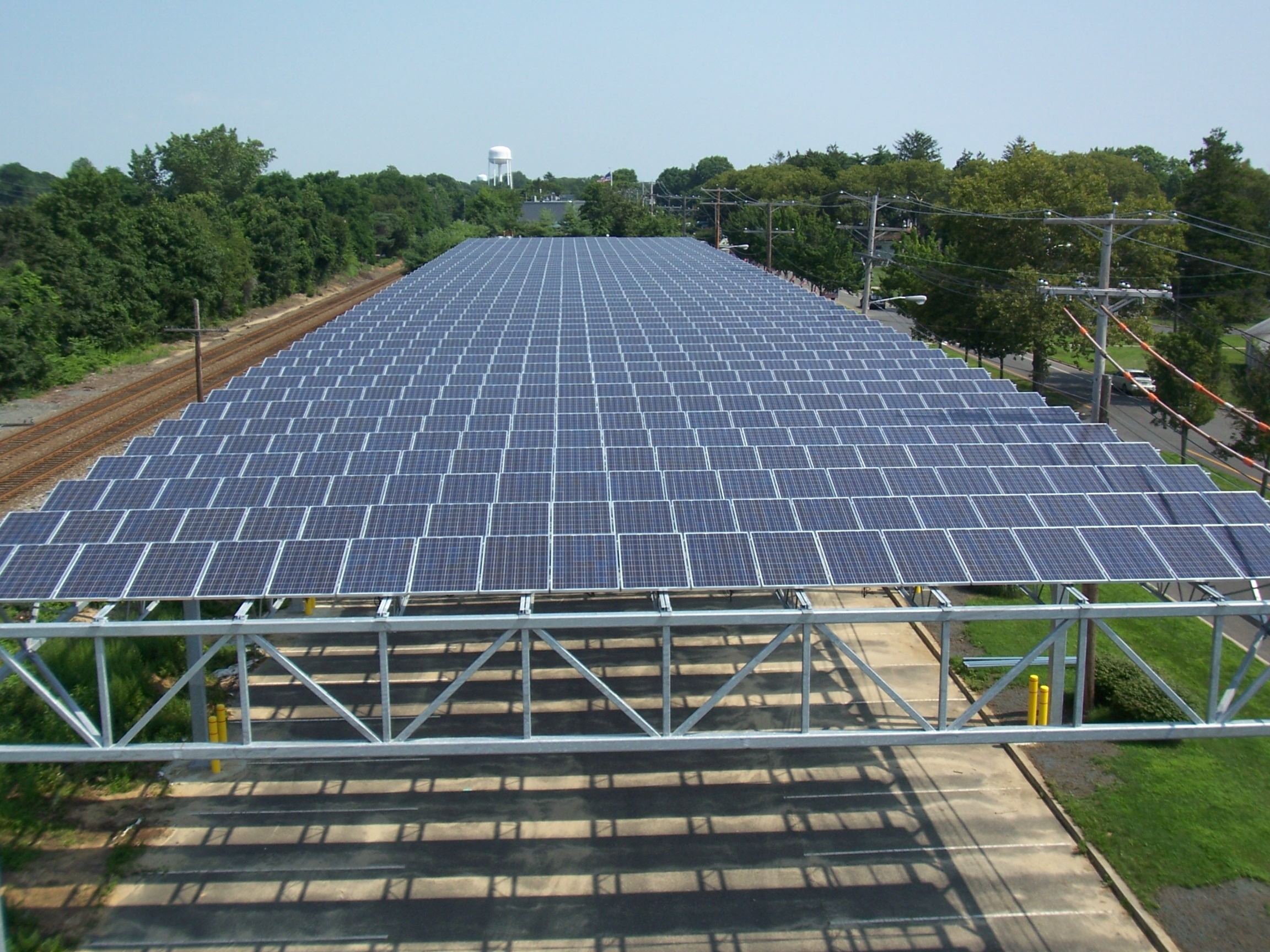
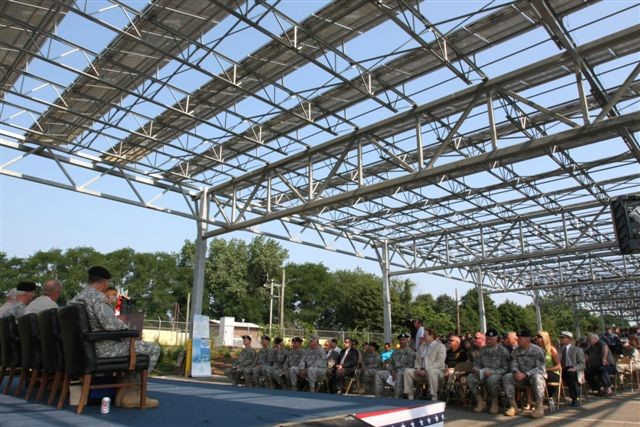
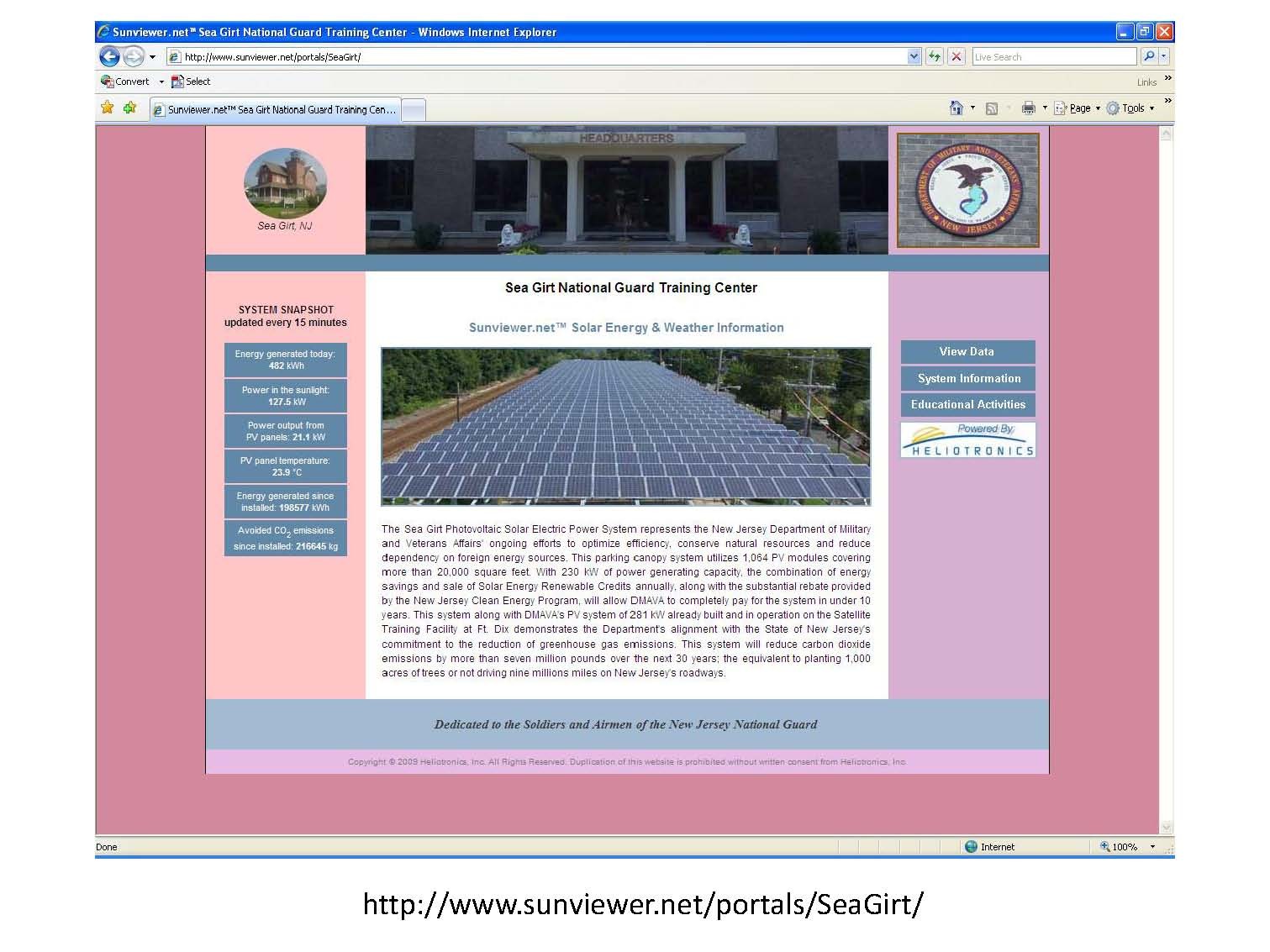
Social Sharing